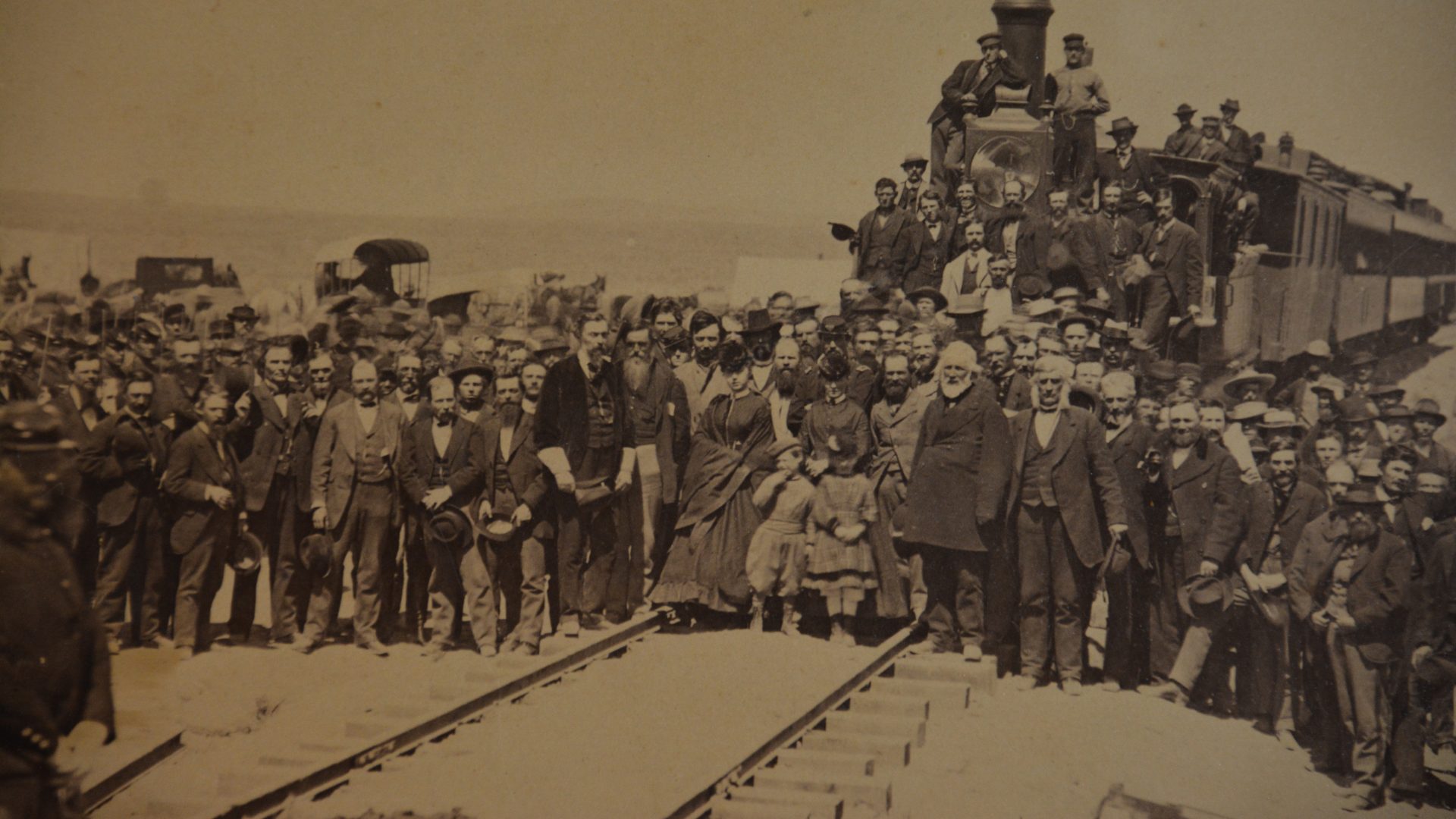The Grand Canyon, a natural wonder that captures the attention of thousands today, held the same attention of those during the 1870s and even prior to that. As seen in this Timothy O’Sullivan image dating from the 1872-1879 timeframe, the Grand Canyon still held its captivating appeal even then. Taken during one of the Wheeler Geological Expeditions, this image and many others hoped to document the American West as a feasible yet outstanding place of natural wonders. Depicted in this image is the canyon itself, derived from the Colorado River and its ever-eroding effects on the great walls of earth from which it snakes its way through. Images like this one and many others helped characterize the American West as a massively untouched and therefore tamable expanse for Americans who envisioned a better life for themselves. Alongside these notions of improvement in either resettlement, mining, ranching and otherwise, the existing beauty of these locations drove people to not only visit these sites but buy material related to them. Whether it be sketches or copied images of the originals ones taken by O’Sullivan on his expedition, Americans became consumers of western beauty regardless of where they lived in the United States. Even to this day, Americans and other people from around the world invest in imagery of the Grand Canyon like they did during the 1870s, furthering our obsession with the beauty and vastness of Western landscapes.
